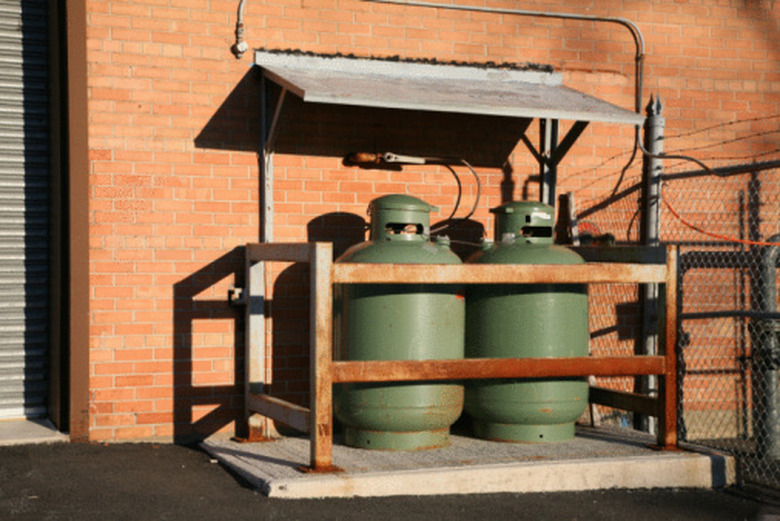The Uses Of Producer Gas
Producer gas is a mixture of flammable and nonflammable gases, mainly carbon monoxide and hydrogen in the former, and carbon dioxide and nitrogen for the latter. It burns with a lower heat than some other gases, but its great benefit is that it can be manufactured simply and relatively cheaply. It is also sometimes called air gas or coal gas.
Origins
Origins
The first recorded commercial use of coal gas dates back to 1792, since when gas in its various forms has been widely used in domestic, industrial and commercial applications. Today, natural gas is the most widely known but producer gas was very popular from the 1850s until the middle of the 20th century. Producer gas plants were common by 1910 and continued to be in use until natural gas provided a better alternative.
Industry
Industry
Producer gas became popular with industrial operations during the early part of the 20th century as it provided a reliable gas that burned at a uniform temperature. Applications include using it to fuel industrial kilns and in heating, reheating and heat treatment furnaces, such as those found in steel plants. Producer gas is also usable in plants that melt zinc for use in galvanizing processes and for melting metals, such as aluminum and copper.
Engines
Engines
Producer gas is a viable alternative to diesel fuels for use in internal combustion engines. Conversion of diesel engines to use producer gas can be achieved by reducing the compression ratio and installing a spark ignition system. Alternatively, diesel engines can be powered by a dual fuel process, where the engine draw a variable percentage of its needs from producer gas, with diesel providing the rest and igniting the combustible gas/air mixture.
Miscellaneous
Miscellaneous
Producer gas can fuel hot-air generators of the kind used to produce hot air in industries such as those involved with making fertilizer and cement. It can also be used for heating water in a number of applications for industry. Another benefit is its suitability for use for melting glass in the production of artifacts. In addition, it can be employed in food processing businesses to provide heat for drying vegetables and seeds, and to heat ovens in bakeries.
Cite This Article
MLA
Laing, Martin. "The Uses Of Producer Gas" sciencing.com, https://www.sciencing.com/uses-producer-gas-8455293/. 24 April 2017.
APA
Laing, Martin. (2017, April 24). The Uses Of Producer Gas. sciencing.com. Retrieved from https://www.sciencing.com/uses-producer-gas-8455293/
Chicago
Laing, Martin. The Uses Of Producer Gas last modified March 24, 2022. https://www.sciencing.com/uses-producer-gas-8455293/
